Maria Montessori
Maria Montessori was born in 1870. Throughout her early years she wanted to be a medical doctor, claiming she would never be a teacher. After focusing on the sciences and engineering during her secondary years she decided to enter Medical school. Turned away by the establishment she persisted until she gained entry.
Her initial work was with mentally challenged children in a psychiatric ward. Through her observations she determined that they were sensorially-deprived so she extended the ideas of Seguin and Itard by providing materials for the children to manipulate. In time, these hospitalized children learned to read and write at advanced levels. Her work gained world-wide attention.
In 1907 she opened the first Casa dei Bambini (Children’s House) in Rome Italy, where slum children were enrolled in order to remove them from the streets. Her experimental work produced miraculous results with children using concrete materials and blossoming into abstract learning — far beyond their years. It was a process based on observation of the child followed by the child’s self-education in a prepared environment.
As her insights concerning human development expanded, she became an outspoken activist for equal rights for women.
By the early 30s she was speaking to huge congresses about the nature of a peaceful society that could only emerge from a fundamental shift in the way we educate children.
And in the 1940s, with her son Mario Montessori at her side, she became convinced that every child needs to be immersed in the Story of the Universe as the largest context for living life in an interdependent “cosmic” world.
By the time of her death in 1952 she had developed a comprehensive framework for revolutionizing education — very far from the mainstream of conventional, governmental schooling. Instead of indoctrinating young people to become citizens of a nation her aim was to liberate the child from the entrapment of the adult in order to create a new and harmonious civilization.
.
Video:
Academic Dean and TIES co-founder Philip Snow Gang shares his insights into “Sacred Montessori”.
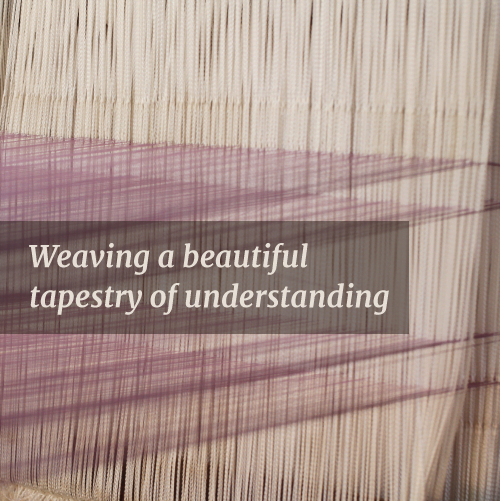
Reflection on Adolescent Symposium
For two weeks in late November, a “Symposium” – a gathering of learned scholars, assembled around the relatively contemporary phenomenon of adolescence. Skillfully and heartfully guided by TIES faculty Steven Arnold and Julie Haagenson, two hundred registered participants established community, oriented towards adolescence and then explored together. And as we embraced the mystery of this stage of human unfoldment, we engaged with the key questions:
- What are the true needs of adolescents?
- In what ways may your community meet the needs of adolescents?
- In what ways might we design education to meet the needs of adolescents?
What emerged was powerful and transformative. Symposium attendees lived the questions and together wove a beautiful tapestry of nascent understanding. I believe every participant left with a sense of greater awareness and sensitivity to the quirkiness, the gifts, and the unique developmental imperatives of adolescence, within the ecological envelope of Cosmos and Gaia.
As is typical of TIES gatherings, and truly unique within the landscape of higher education, the symposium had a palpable quality of spaciousness. Participants began by introducing themselves, sharing a bit about their personal and professional journey and their relationship to the subject of adolescence. Many parents, teachers and guides identified their challenges as well as their enchantment in their work with teenagers and young adults. And the storytelling and bedding-in of study within personal lived experience began.
Next, in a manner that was again familiar to the TIES community, the facilitators encouraged participants to orient to adolescence by spending time observing and reflecting. Many posts described a particular encounter with a young adult, or a reminiscence about one’s own adolescent struggles and joys. A slew of rather dated photographs of attendees some decades in the past: of elongated bodies and tried-on personas, reminded us all that we had lived through this mysterious developmental moment we identify as “adolescence”.
And then, with relationships formed, context established, and curiosity ignited, attendees got down to the deep work of this symposium. What are the unique needs of the emerging adult? And how do educators and learning environments nurture healthy growth? The conversation drew from theoretical frameworks from Montessori to Krishnamurti. It explored themes from adventure-based experiential learning to “decriminalizing” healthy romantic expressions amongst young adults. The dialogue was woven beautifully and respectfully, with a sense of reverence for the child, and the adult he/she is becoming.
Finally, the symposium culminated with a call to articulate visions for the future. What would a school look like, and feel like that was authentically engaged with the optimal development of adolescents. Descriptions here were breathtakingly beautiful, optimistic and loving. In other words, just another expression of TIES capacity to coalesce educators to view youth with compassion and understanding.
From the symposium:
My vision in educating adolescence holistically is a learning community where adults and youth feel into each other with open hearts and see one another with soft eyes. It is a place of more joy than fear, more celebration than punishment, and more trust than loathing.

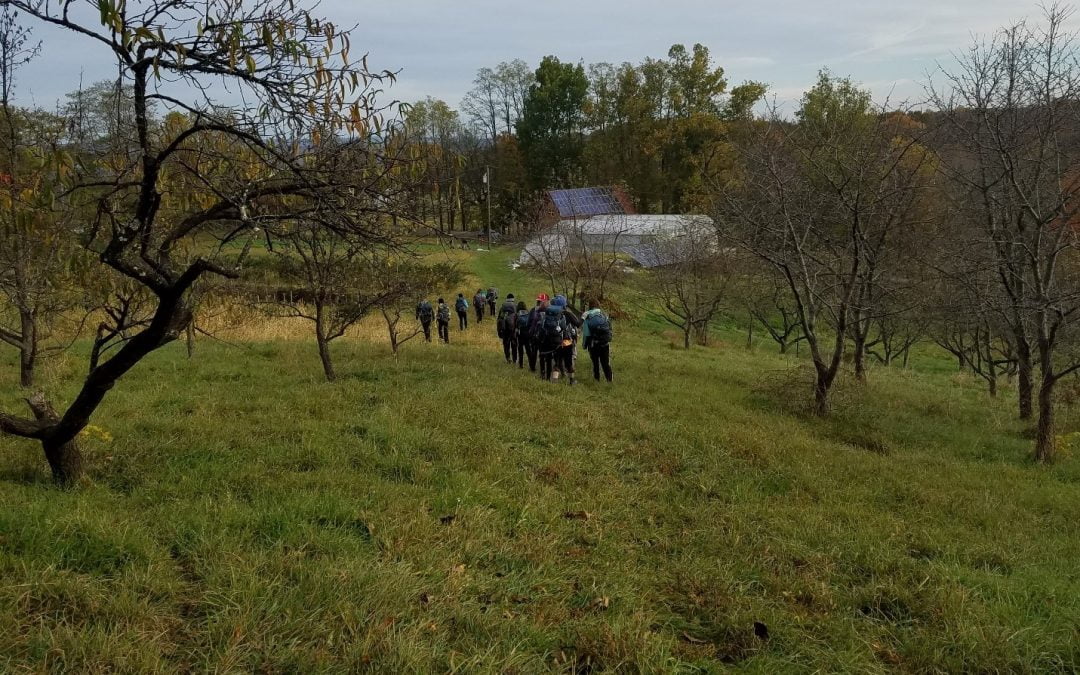
Adolescents and The Natural World
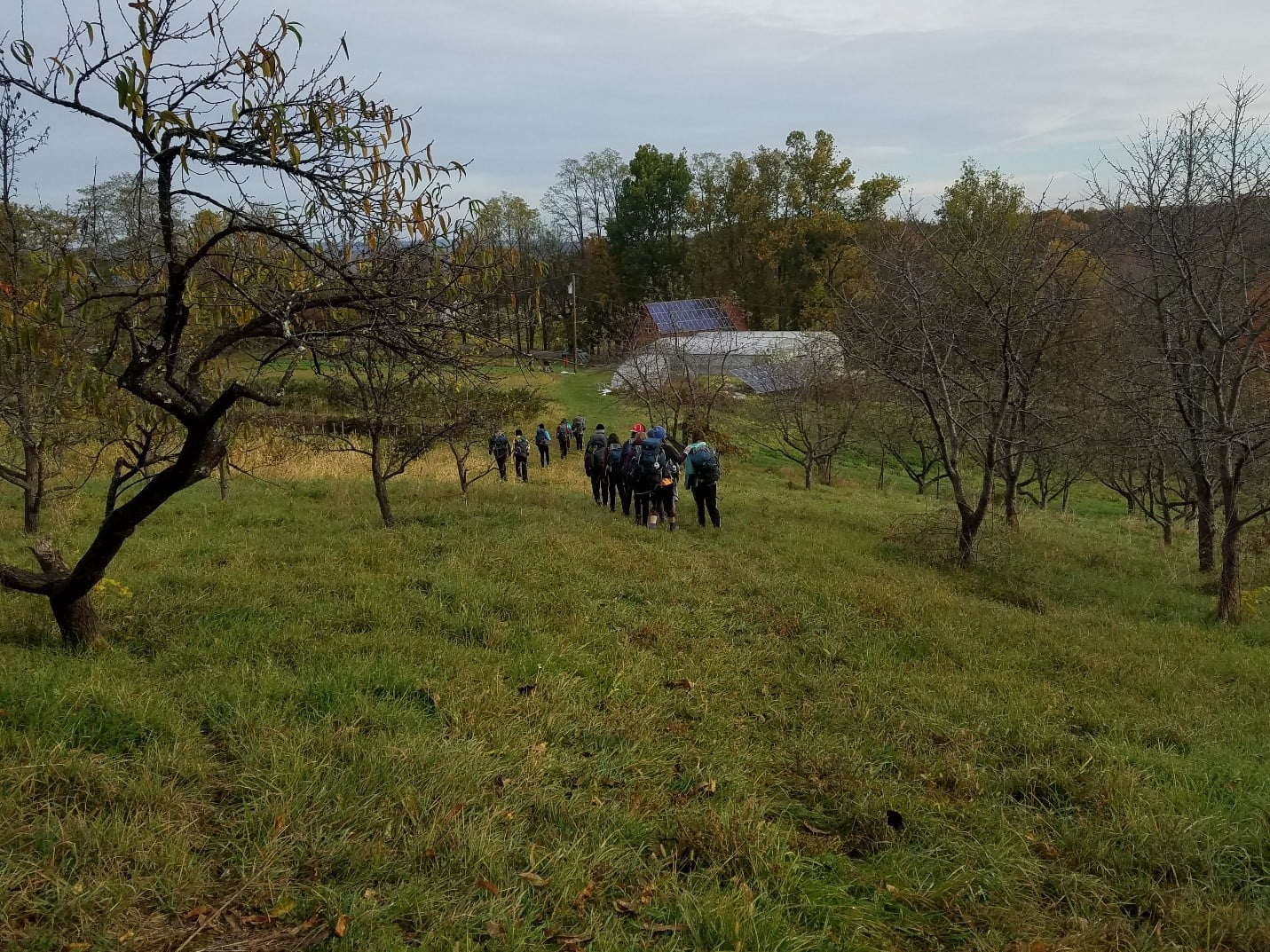
(A post by TIES alumna Kasey Errico)
I recently returned from a fall overnight experience with 17 adolescent learners. On our way from our campsite to the morning harvest, with the students in front of me, descending the hill toward the garden house of the Community Supported Garden (CSG) at Genesis Farm, I had a moment to pause and breathe in the feeling of interconnectedness and purpose that was unfolding before me.
What might it look like for adolescents to participate in a rich earth-centered curriculum, to increase their connection with the natural world? Perhaps one such possibility exists in this fall overnight experience at Genesis Farm, an ecological learning center and also home to The Community Supported Garden at Genesis Farm.
A collage of memories come to my mind as I consider the many moments that help make up the interconnected whole, such as:
- Harvesting and preparing food from the school garden
- Camping by a secluded pond
- Learning how the garden at the farm is a system with interdependent parts
- Harvesting some of the food that nourishes shareholders during the winter months
- Drawing connections between our experience and the cosmos
- Creative exercises, games, campfire stories and songs
- All the opportunities for reflections in nature and sharing those reflections
- Evening silent hikes by moon and starlight
- Feeding the chickens discarded greens from the field
- Celebration potluck back at school
While I do not know the long-term impact of such an experience, I do know I departed that day full of hope for the future.
In our role as educators, how might we envision and create other experiences that invite adolescents to engage in and develop a relationship with the natural world?
~Kasey
Symposium: Exploring Teaching and Learning with Adolescents
November 16-24
Schooling for sustainability is dedicated to creating experiences that lead to an emotional relationship with the natural world.
~Fritjof Capra and Pier Luigi Luisi – The Systems View of Life
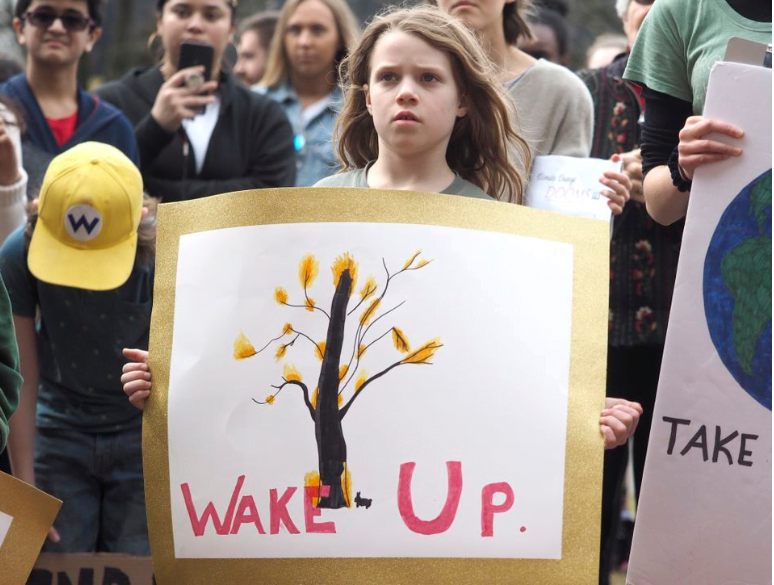
Empathy, Compassion and Healing Our Planet

Empathy, Compassion and Healing Our Planet
As a teacher for 23 years, I have learned that one’s capacity for empathy and compassion provides a platform for love, life and making a difference in our fragile world. When guiding students to fall in love with the Earth, I feel a sense of urgency to seal their bond with Earth before they graduate and venture off into the mainstream of high school and beyond. Year after year, I reflect on how strongly we have impacted our students in such a way that they develop a commitment to healing our planet. Some years I feel as if we are sending them off with a fire ignited within their hearts. I can only hope that their passion for what they know to be good and right does not get extinguished.
Every year is so different. My students are all unique. The dynamic of each group is so unpredictable. One critical factor that seems to influence the journey of my eighth-grade fledglings is their capacity for empathy and compassion.
All things are connected
I believe that our connections to each other, self, Earth, and the other-than-human world to be the greatest healing factor in our world plagued by disconnection, separation, competition, and individualism. It is our relationships that link us to the thread of life. It is our inner wisdom of knowing that we are all united as one humanity. The discovery of self and awakening to the beauty of what it means to be part of something much larger than ourselves is an overarching goal I have for all of my students. There are many experiences for them designed with the purpose of strengthening relationships and improving social and emotional wellness.
Growing their love for our Earth and all that she encompasses is a prerequisite to developing a desire to protect her. At the same time, providing various opportunities for civic engagement is also an integral component of our curriculum. Ultimately, unveiling the common thread aids in guiding my students to believe that they are not alone and empowers them to find meaning.
Unconditional Love
When I look at my young and vibrant students I see hope–hope for our species on our withering planet. We need each other, our Earth community. Building meaningful relationships begins with empathetic, unconditional love. I am blessed to work in a school devoted to growing the capacity of empathy and love within our students. I have witnessed the power of mutually enhancing relationships and how the synergistic results surpass the mere potential of any one individual. Our home is on fire, and our collective efforts just may be what we need to save ourselves, our Earth community.
I am inspired by the young people of today and their courage to do everything in their power to change the course of time.
~Maggie Vetter, TIES Alum
(Join Maggie and others who work with and care for adolescents for the upcoming adolescent symposium)
Symposium: Exploring Teaching and Learning with Adolescents
November 16-24
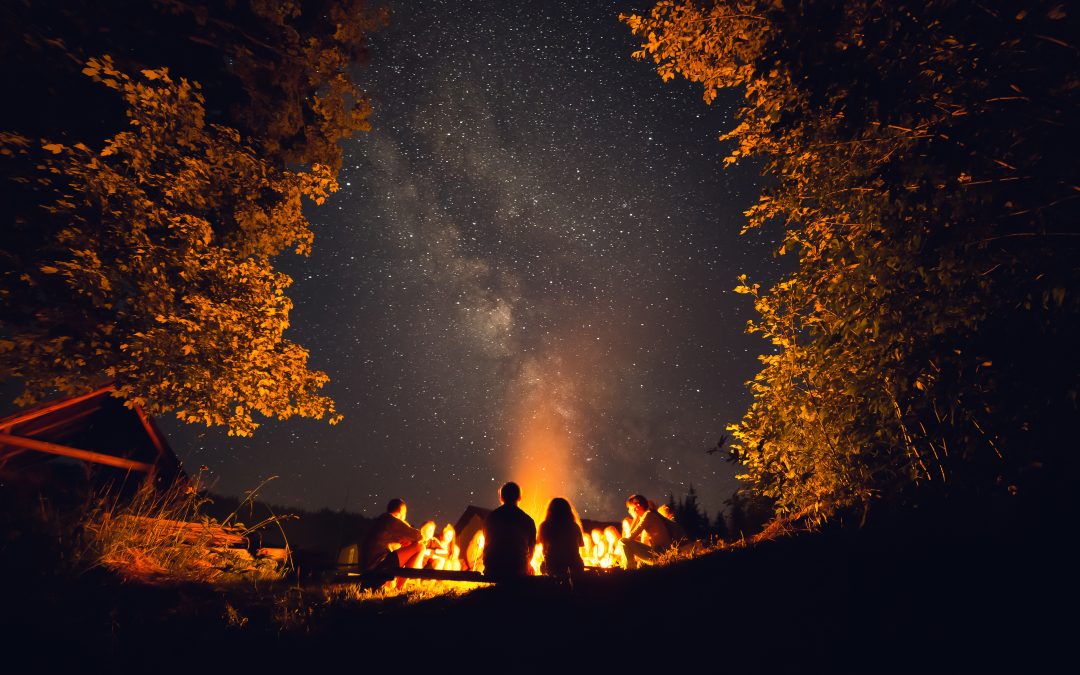
Join us fireside for upcoming adolescent symposium
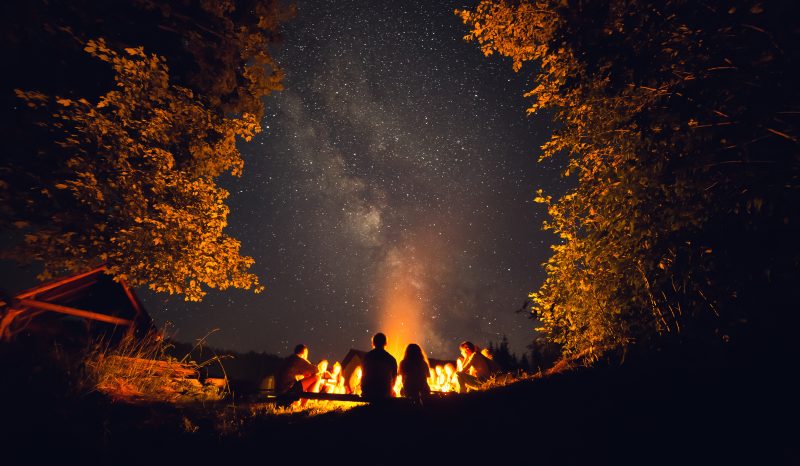
What is a TIES symposium?
I was recently asked, “What is a TIES symposium?” Being on the inside, I think it’s easy for me to forget that our online gatherings are unique in their simplicity, and yet profound in their outcomes. A newcomer could easily pass, thinking the event is akin to prior online experiences, even prior in-person symposiums. But I think, “Wait! Something different is at play. Being present and immersed in our gatherings is too easy. One merely need be open to the warmth, and then sit fireside.”
A TIES symposium is a conversation…
…a circle of voices sharing thoughts on a particular theme. The forum kicks off with a short video from our faculty. Their words set the table for a conversation that will unfold over 10 days. A dialogue organically weaves, as there is no agenda nor corralling of ideas. While the seminar hosts, including graduates of TIES’ M.Ed. programs, help guide reflections and distill percolating gems, they are integrated co-learners on the journey.
Finding meaning
Through 1st and 3rd person exploration, participants find personal and professional meaning in an environment that values Self and Other. Open-ended questions are asked seeking deeper meaning, all nested in a non-adversarial environment.
Come and go as you please
Many educators bring and receive energy by merely following along. There is no obligation to enter the dialogue. In fact, the event is asynchronous, geared for our busy lives. You can jump in and read whenever you wish, and carry away the musings into your day. The symposium space is open 24/7 throughout the 10 days. The space remains available for reading afterwards, so that you can return when the dialogue concludes to revisit and soak up the wisdom.
What’s my angle? Like you, I yearn for a planet that is alive for my teenage daughters, my future grandchildren, and generations beyond. Today’s adolescents, the thought leaders and eco-activists of tomorrow, are not waiting for tomorrow. Their Great Work is here and now. Helping create a TIES gathering is my small contribution in fostering global inspiration that may ripple beyond the reach of my doorstep.
Thanks for considering my invitation to warm by the fireside.
~Warren, Development Director
Symposium: Exploring Teaching and Learning with Adolescents
November 16-24

Montessori’s Cosmic Vision
If we look at Montessori’s cosmic vision through the planes of development, we see that each plane can be summarized in a phrase. The first plane is cosmic wonder and exploration. The second plane is cosmic stories and imagination. And the third plane is cosmic action and promise.
What does cosmic action look like for the adolescent?
From the many years of direct and indirect preparation at the previous Montessori levels, the foundation is set for the adolescent to embark on their “spiritual development, enhance their values as individuals and understand the times in which they live”. They thrive by self-constructing through intellectual stimulation, working together, and creating peace through meaningful advocacy.
Erdkinder
Montessori refers to this age group as the Erdkinder (Children of the Earth), which engages the multiple environments of work and study of the adolescent:
- Sharing their passions with their community of peers.
- Learning about sustainability and micro-community within hands-on environments
- Providing service learning at local non-profit organizations
- Creating a business for financial literacy and entrepreneurial skills
- Visiting and working with students from abroad
- Leading the Montessori Model United Nations in New York City and other cities world-wide
These varied opportunities offer students avenues to learn, listen, explore, experience, and reflect about themselves and others. In turn, they are able to direct their energies towards cosmic action projects at home and abroad.
Adolescents are change agents.
I believe secondary students are seeking to lead by example and advocate for a better world. In other words, they are change agents. Their journey is to walk the path of positive advocates and peacemakers that Montessori imagined as adolescents take their place in society and offer a promise for our world.
Dr. Elisabeth Coe, Director of Houston Montessori Center
An education capable of saving humanity is no small undertaking: it involves the spiritual development of people, the enhancement of their values as individuals, and the preparation of young people to understand the times in which they live.
~Montessori Education and Peace


Listening to Adolescents

We approach adolescents in a different way, for our benefit and theirs.
It is not that we, the adults, should invite adolescents to the table, and share our plan of the future with them. It is that we should hang out in their space, and hope to be invited to watch them work, think and create. We are no more the guardians of the future, than they are relics of the past. An adolescent is not – in their own view – not quite an adult – hell no. They are a distinct breed, proud of the fact that they have escaped elementary years, and navigating youth with as much flexibility as their situations allow. They see their future, and they don’t see it in the old ways. The young are growing and now developing into sophisticated mature, reproductive, and challenging individuals.
The irritation to the adolescent, is not that they do not know how to rule the world (they believe they do, as countless generations have believed before them), but the adolescents are frustrated to see that there are slow, cumbersome and aged folk already there! Anyone over the age of 25 could neatly be written off. Some think that the adolescents believe they know best (just as the adults do). Fact is neither can do this without the other.
They challenge us to a new perspective.
Gone are the days that we could reach back to the past for advice – what would granddad do? How does grandma do it? That does not cut it in an age of rapidly changing global consciousness, with digitally connected super minds, a single global population facing a single universal dystopia. The youth are born of this world, it is theirs, and they need to be able to work it (and make mistakes, just like every other generation). The generations past have used techniques such as moving on, or moving away, blaming others, seeking superiority or hiding behind ritual and traditions. We have to ask the future! What if… seven generations from now? What if … when the world changes?
The current generations do not have the luxury of basking in historical grandeur. The current world is united, connected, informed, impassioned, and aware. They know that they must act, and they know that they must act now: they know how; and they know what. WE all know why.
It is in tandem that we get the most done.
Let’s travel together (there is no choice). The adolescent mind needs the predictability, safety and security of the adult mind (though they are loathe to admit it sometimes); the adults need to listen to the beliefs, imagination, passion and compassion of the proto emerging world leaders.
We don’t have time for them to grow up and grow old.
Let’s listen.
Notice, adapt, breathe, continue.
Steven Arnold
TIES Faculty and director of Peace Experiment in Auckland, New Zealand
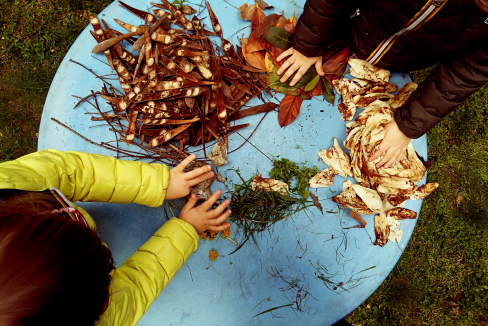
A Traveling Montessori Workshop
Montessori: The Essence
A traveling workshop with Dr. Gang.
Dr. Philip Snow Gang, TIES’ founder and director is journeying to Europe where he is facilitating his workshop Montessori: The Essence in Prague and Oslo. This workshop is participatory and dialogue based. In introducing the material, Dr. Gang shares his experience speaking directly with Mario Montessori Sr. at the International Study Conference.
So, if you would like to attend one of the pre-scheduled events, please check out the workshop page. And, if you are interested in hosting this Montessori workshop in your area, please contact Philip directly.
One participant writes:
When I get caught up in daily details, it is the essence of Montessori which routes me back to ensure [her] vision for the child, for humanity and for the future. Participating in Dr. Gang’s symposium solidified my understanding of Montessori’s work and our work with young people. The essence of Montessori’s principles is not only for the development of the child; the essence also applies to the development of the adult. Attending this event is a treasure that will last a lifetime.
~Claudia, President of CAMT
To summarize his lifelong journey in education, Dr. Gang presents a question:
What contexts and processes in education might liberate teachers and learners so that they become catalysts for the new human — one whose integral relationship with Gaia is bound by right-action and love?
2020 Spring Admissions


Peace Through Education
Every year TIES hosts an online symposium titled “Peace Through Education.” Interested in participating? Sign up here, and we’ll keep you posted on all future events.